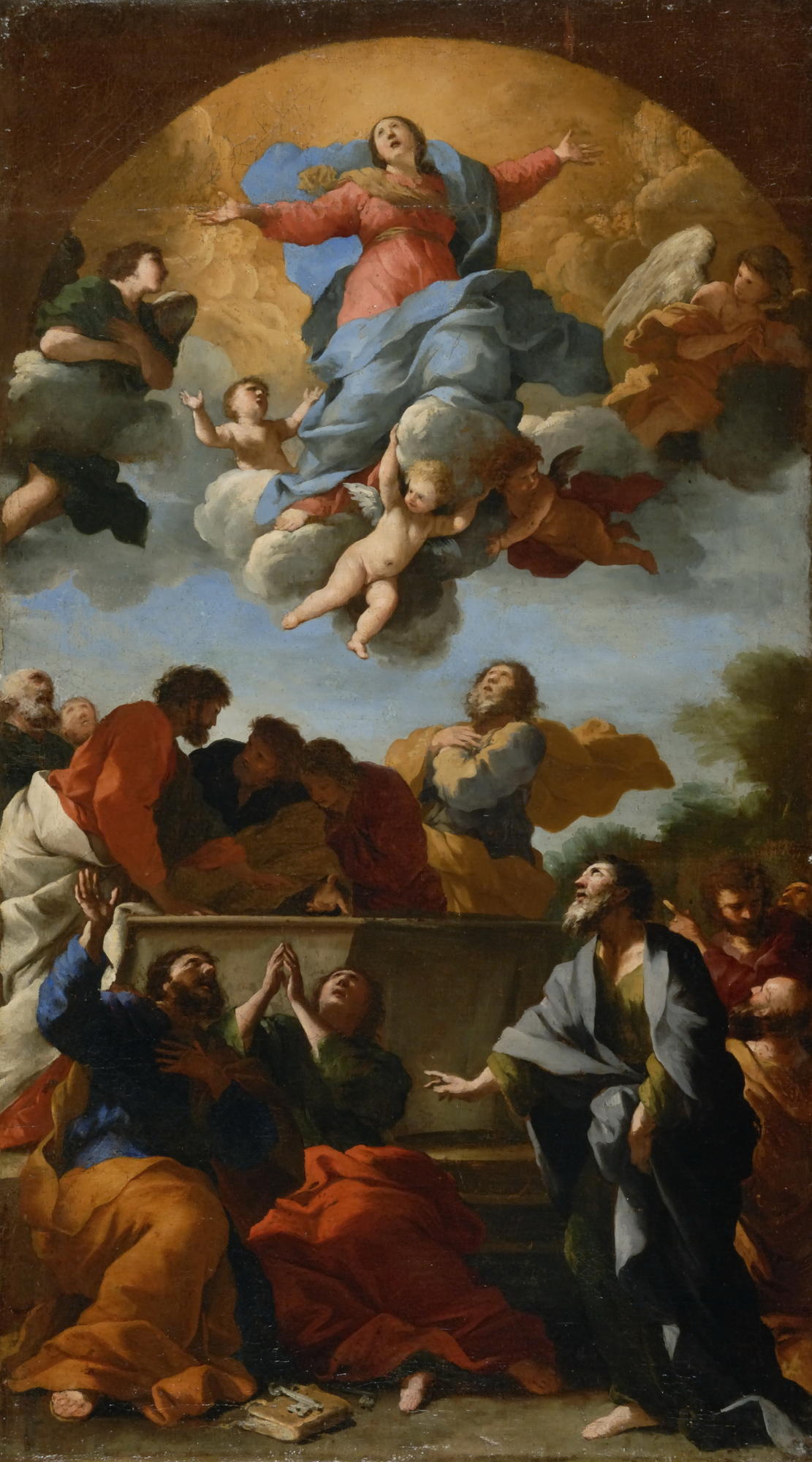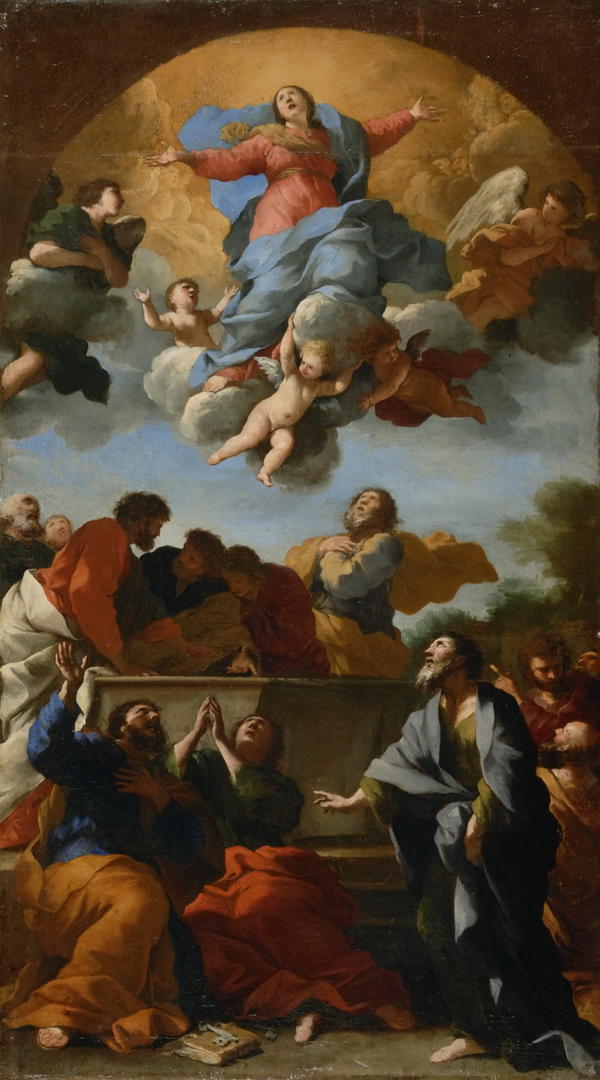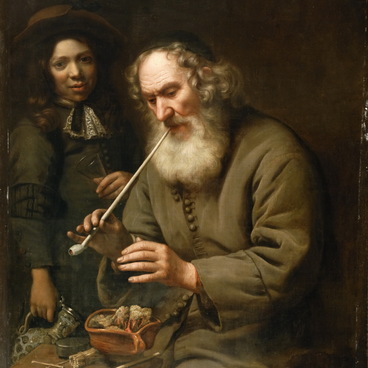The Roman School of Art is one of the main schools of painting in Italy. It played a special role in the European art: the artistic directions of Revival, Mannerism, Baroque and Caravaggiosm were developed within it.
The Ascension of Madonna
Время создания
1644 (?)
Размер
88,5x50,5 cm
Техника
canvas, oil
Коллекция
Выставка
4
Открыть в приложении#2
#3
In the collection of the Tambov Regional Picture Gallery the Roman School of Painting is represented by The Ascension of Madonna by the Italian artist of the 17th century, a follower of the Baroque style Giovanni Francesco Romanelli. Nowadays his works are kept in the largest museums in the world, including the Louvre in Paris and the State Hermitage Museum in St. Petersburg.
#5
Giovanni Francesco Romanelli was born in the small town of Viterbo in the Italian province of Lazio. At the age of 14 he moved to Rome, where he took lessons from the painter Domenico and the greatest master of the Roman Baroque Pietro da Cortona. Romanelli’s work was also influenced by works of the French artist Nicola Poussin, who at that time painted landscapes and created graphic works in Rome.
In the early 1640s Romanelli designed the palazzo of the Cardinal Francesco Barberini the Elder. Later he moved to Paris, where he painted the walls in the palace of the Cardinal Giulio Mazirini: the artist created a series of frescoes based on the plot of the work Metamorphoses by the ancient Greek poet Ovid. Romanelli also worked at the Louvre. There he painted the Hall of Seasons and the Cabinet of the queen for the wife of Louis XIII Anne of Austria.
#4
Romanelli was also known as Viterbese and Raffaellino. The first nickname he received by the name of the town in which he was born and worked, and the second — after the name of the Italian painter Rafael Santi — Romanelli’s works were often compared with the paintings of this popular master of the 16th century. Their works shared similar stylistic techniques and themes: both the artists created decorative paintings on religious and mythological subjects.
#6
The Ascension of Madonna is an important subject for the Catholic Church. According to it, the soul and body of the Virgin Mary after her death came to heaven. According to legend, when the apostles opened the tomb of the Virgin, it was empty.
#7
Romanelli’s painting is a sketch of a large composition for the main altar of the church of St. Gallen Monastery. The artist painted it in Switzerland. In this work, the features of the Baroque style in which the artist worked were particularly vivid: the dynamics of the composition, complex angles, emotional gestures.
#8
The action in the picture develops on three levels: at the bottom the apostles, including Peter and Paul, look at the sky, where the Virgin Mary ascends. On the second level, the apostles, not believing in the Ascension, bowed over the tomb. Upstairs, against the clouds, Mary is surrounded by angels.
#9
Traditionally, the authorship of the painting The Ascension of Madonna was attributed to the Baroque master Giovanni Lanfranco, who was called “the artist of the Ascension of the Virgin in Fresco…” The conclusion that the painting The Ascension of Madonna belongs to the brush of Giovanni Francesco Romanelli was made by an expert on Italian painting from the Pushkin State Museum of Fine Arts Victoria Markova.
#10
Ministry of Culture of the Russian Federation
читать дальшескрыть
00:00
00:00
1x
The Ascension of Madonna
Время создания
1644 (?)
Размер
88,5x50,5 cm
Техника
canvas, oil
Коллекция
Выставка
4
Открыть в приложении
Поделиться



